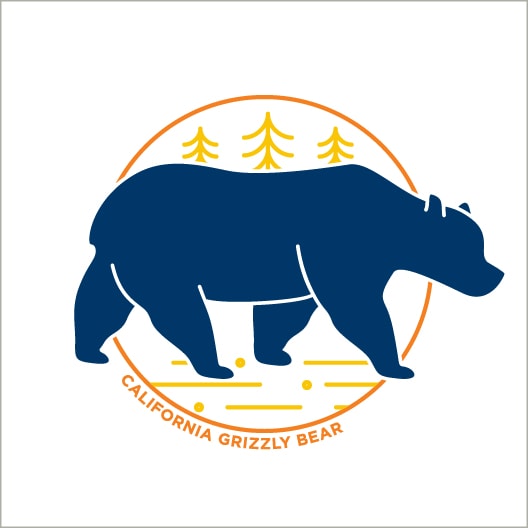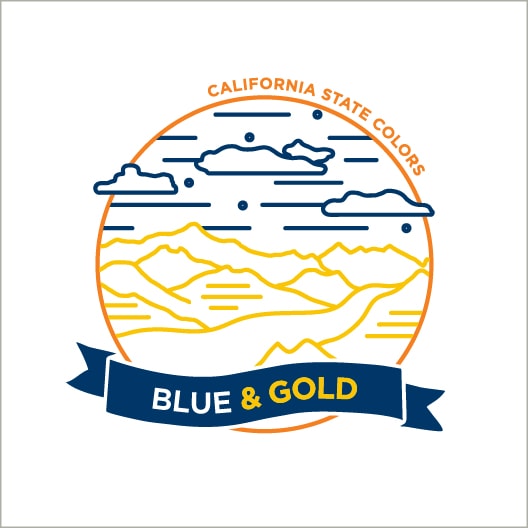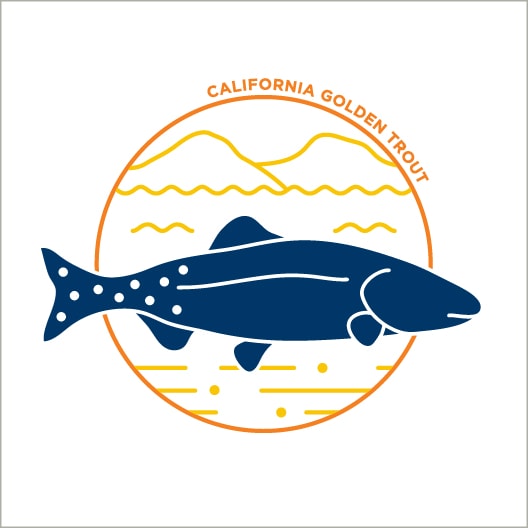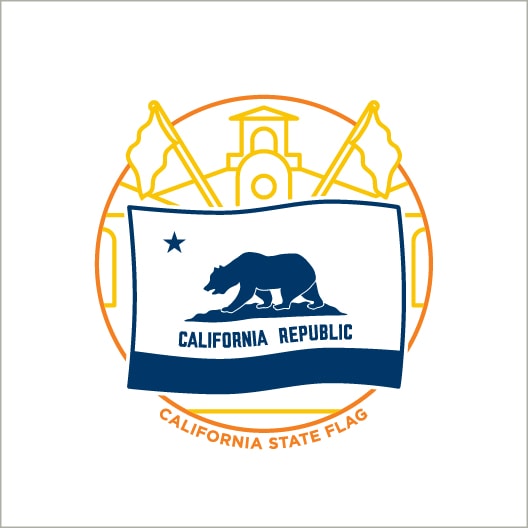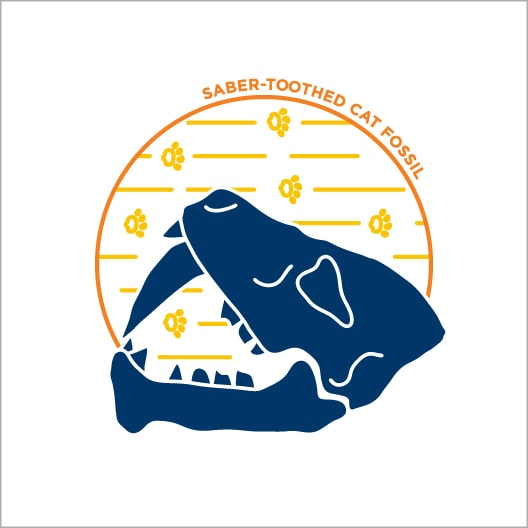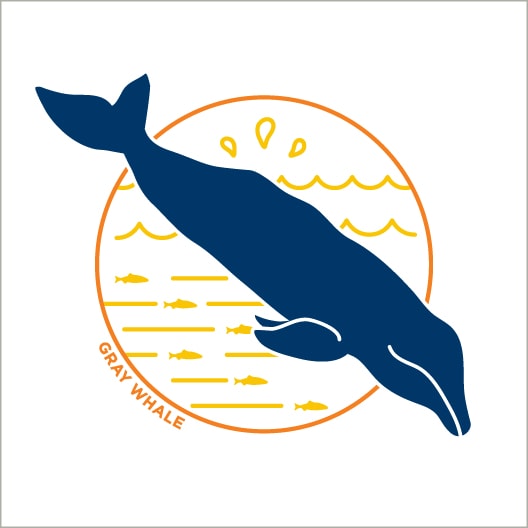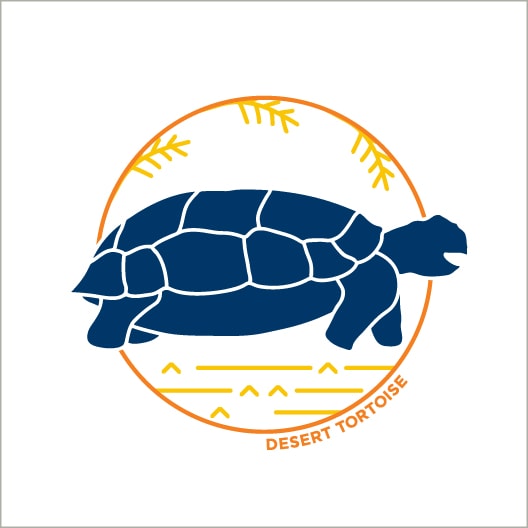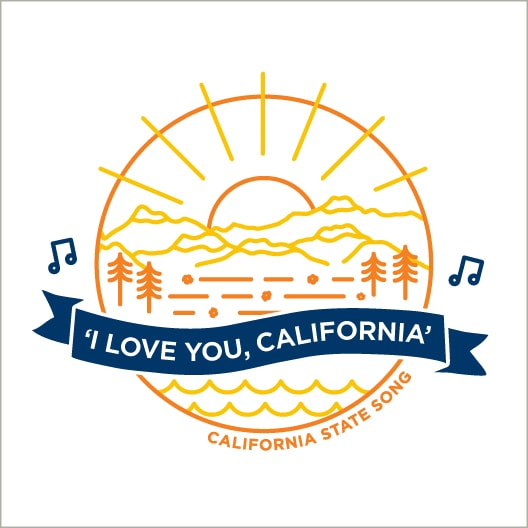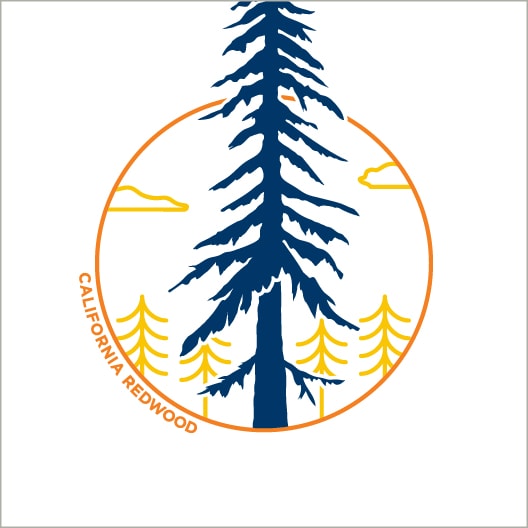California is known for celebrating its rich history along with its vast differences, from its diverse geography to its variances in climate. These stats and symbols are just a sample of the Golden State’s distinct characteristics.
Geography
California has an incredible variety of geography across all 12 regions.
- California, the third-largest state in land area, covers 155,779.22 square miles.
- The average width of the state is 150 to 200 miles.
- California has a coastline 840 miles long, ranging from dramatic cliffs to sun-drenched beaches.
- At 14,495 feet, Mt. Whitney in Sequoia National Park is the highest point in the contiguous United States.
- Badwater in Death Valley National Park at 282 feet below sea level is the lowest elevation point in the United States.
- California has three active volcanoes: Mt. Lassen (elevation 10,457 feet) and Mt. Shasta (elevation 14,162) in the Cascade Mountain range, and Mt. Mammoth (elevation 11,000 feet) in the Sierra Nevada.
- The San Francisco Bay is the largest natural harbor and estuary on the west coast.
- California is home to more than 420 recreational lakes.
- Clearlake in Lake County is the largest natural lake and is often referred to as “The Bass Capital of the West,” covering 43,000 acres of surface area with a shoreline of 100 miles.
- California has over 280 State Park units covering 1.6 million acres.
- California boasts the largest trees in the world, a species of Redwood known as Sequoia gigantea, found in the Sierra Nevada.
- California also lays claim to oldest living thing in the world, the Bristlecone Pine tree, aged at over 5,000 years.
Population
The state population was estimated at 38,965,193 in the July 2023 US Census – approximately 12 percent of the United States’ total population – according to the U.S. Census Bureau.
The population in California’s six largest cities are as follows:
- Los Angeles: 3,822,238
- San Diego: 1,381,162
- San Jose: 971,233
- San Francisco: 808,437
- Fresno: 545,567
- Sacramento: 528,001
Climate
California has a Mediterranean-type climate characterized by general sun and warmth with rain mainly in the winter. Climate does vary greatly based on distance from the ocean and elevation.
There are five main climate zones:
- Coastal: Area contains most of the state’s population. Climate varies greatly up and down the coast.
- Desert: Characterized by great daily and annual variations in temperature with very little rainfall.
- Foothill: At 1,000 feet to 3,000 feet in elevation, these areas have climates similar to valley regions but with more rain and less fog.
- Mountain: The sole region for heavy snow, accented with fairly cold winters and bright, sunny summers.
- Valley: Characterized by high temperature and low humidity in the summer and low temperature and high humidity in the winter. Both the Sacramento and San Joaquin Valleys exhibit this type of climatology.
Rainfall varies from 80 inches in Del Norte County (North Coast) to as low as 3 inches in Imperial County (Desert).
State Symbols
California’s official state symbols are as follows:
